Entomology Practical 2
1/50
There's no tags or description
Looks like no tags are added yet.
Name | Mastery | Learn | Test | Matching | Spaced |
|---|
No study sessions yet.
51 Terms
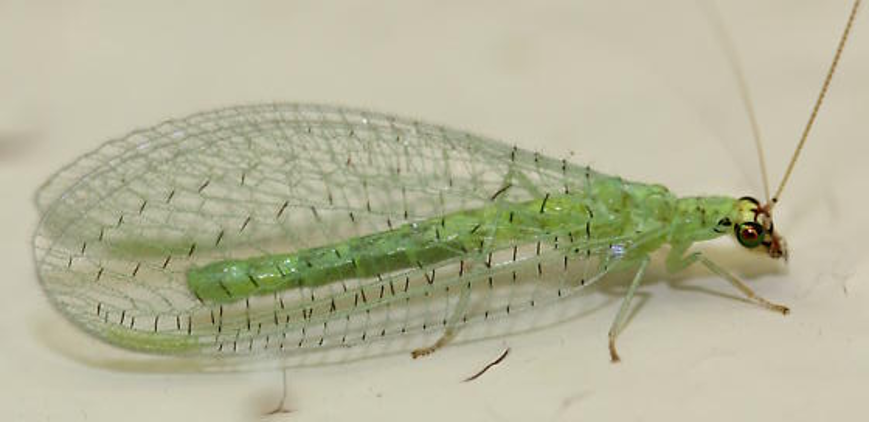
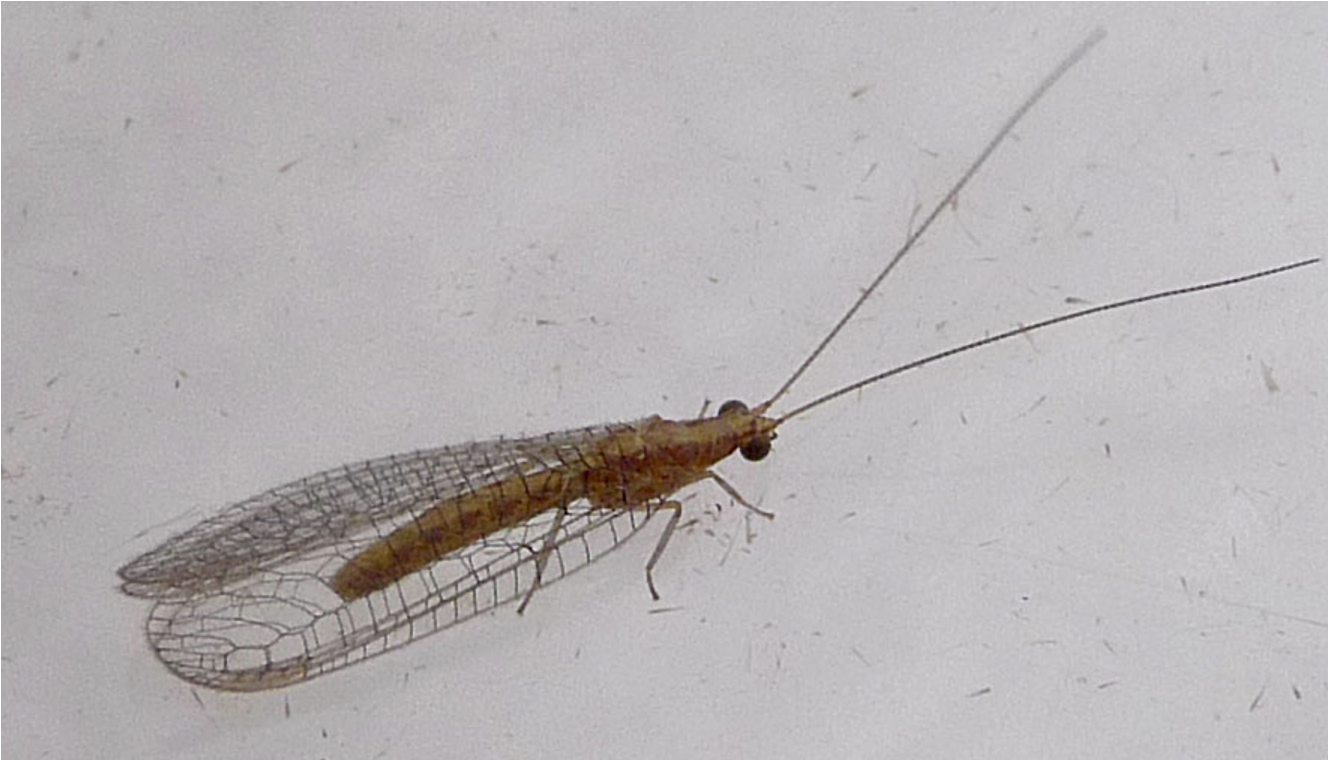
Chrysopidae (F), Neuroptera (O)
•Wing venation is honeycomblike
•Crossveins on anterior edge of wing are unbranched
can be blue, green, yellow, brown
lacewing
Chrysopidae (F), Neuroptera (O)
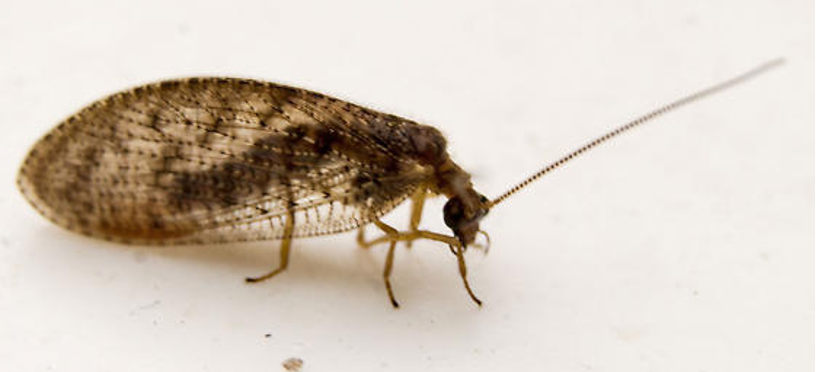
Hemerobiidae (F), Neuroptera (O)
•Wing venation more longitudinal
•Crossveins on anterior edge of wing are branched
lacewing
Hemerobiidae (F), Neuroptera (O)
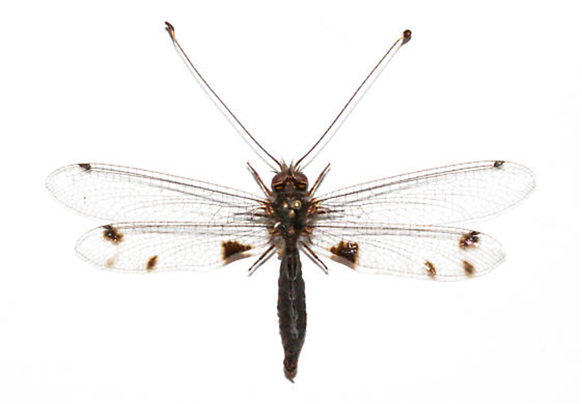
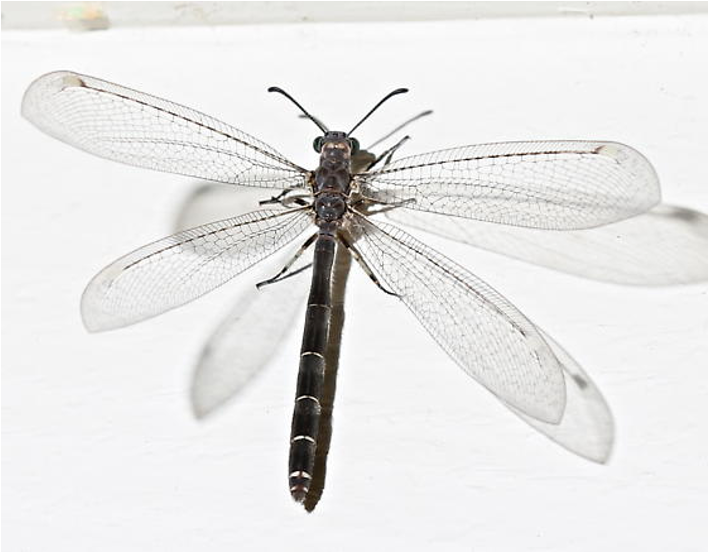
Myrmeleontidae (F), Neuroptera (O)
•Dragonfly like appearance
•Antennae are hooked or club-like
prominent antennae
Myrmeleontidae (F), Neuroptera (O)
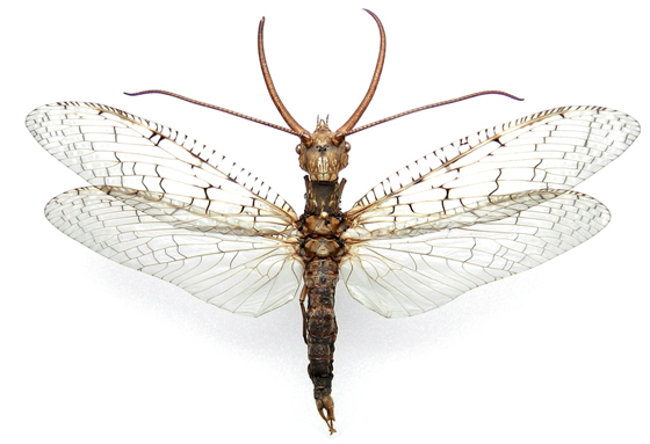
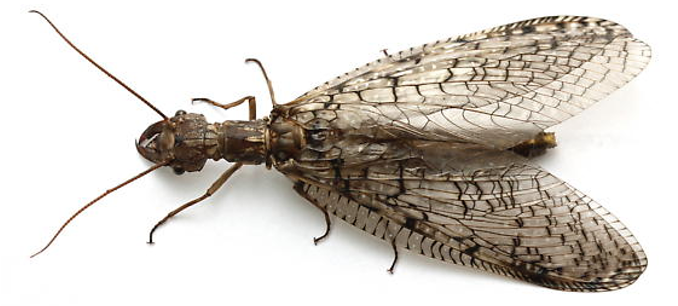
Corydalidae (F), Megaloptera (O)
•Ocelli present
•4th tarsal segment rounded
•Males have large mandibles for mating
•Dobsonflies and Fishflies
big
Corydalidae (F), Megaloptera (O)
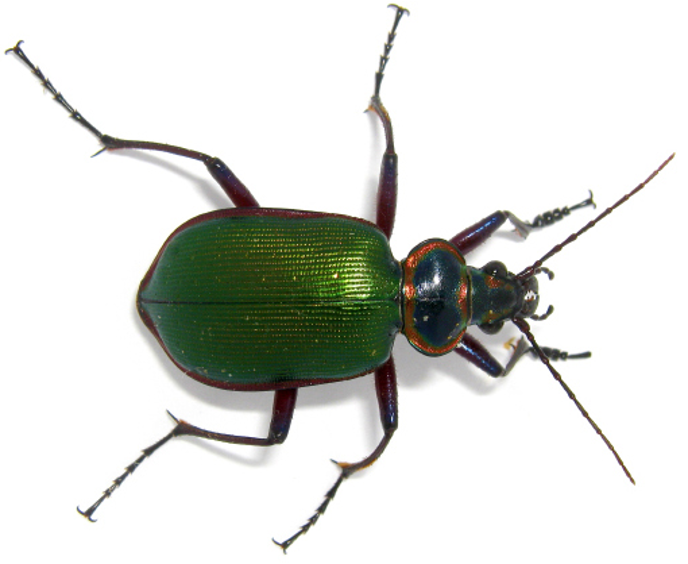
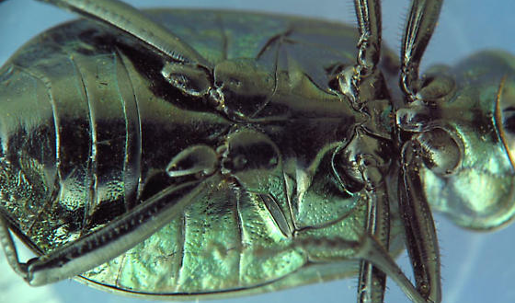
Carabidae (F), Coleoptera (O)
•Tarsi 5-5-5
•Trochanters enlarged
•Antennae always linnear
•Antennae attach between eye and mandible
Carabidae (F), Coleoptera (O)
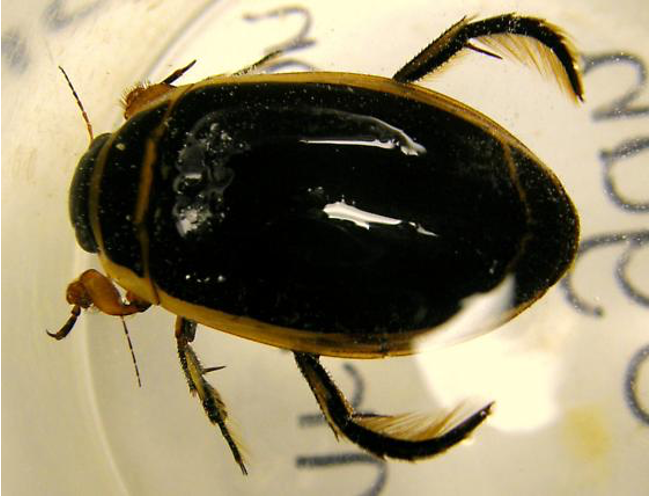
Dytiscidae (F), Coleoptera (O)
•Predaceous Diving Beetles
•Common in freshwater lakes, streams
•Key Feature:
•Hindlegs flattened and feathery
•Antennae long, threadlike
Dytiscidae (F), Coleoptera (O)
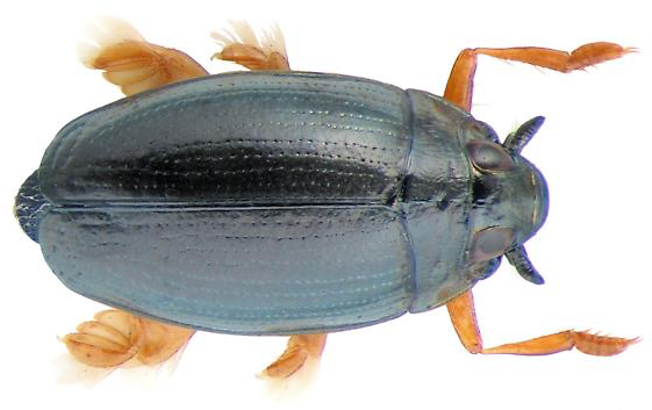
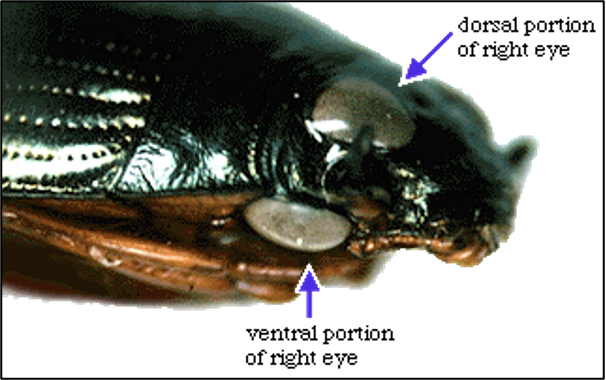
Gyrinidae (F), Coleoptera (O)
•Whirligig Beetles
•Front legs long, all other legs short, and flat
•Antennae short clubbed
•Eyes divided in 2 (appears to have 4 eyes)
aquatic
Gyrinidae (F), Coleoptera (O)
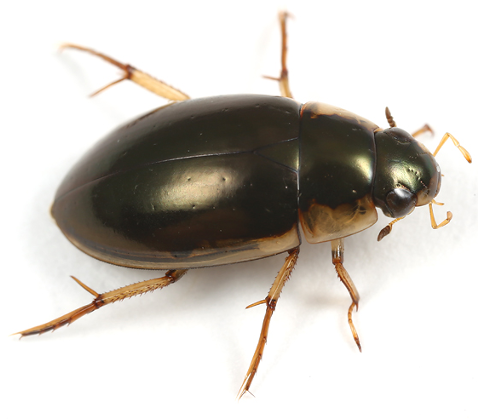
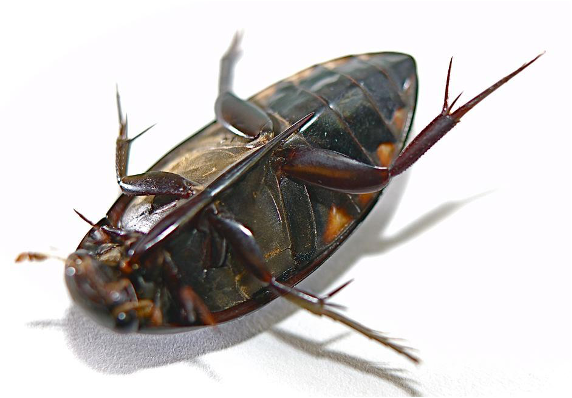
Hydrophilidae (F), Coleoptera (O)
•Water Scavenger Beetles
•Antennae short and clubbed
•Maxillary palps longer than antennae
•Metasternum is a sharp spine
Hydrophilidae (F), Coleoptera (O)
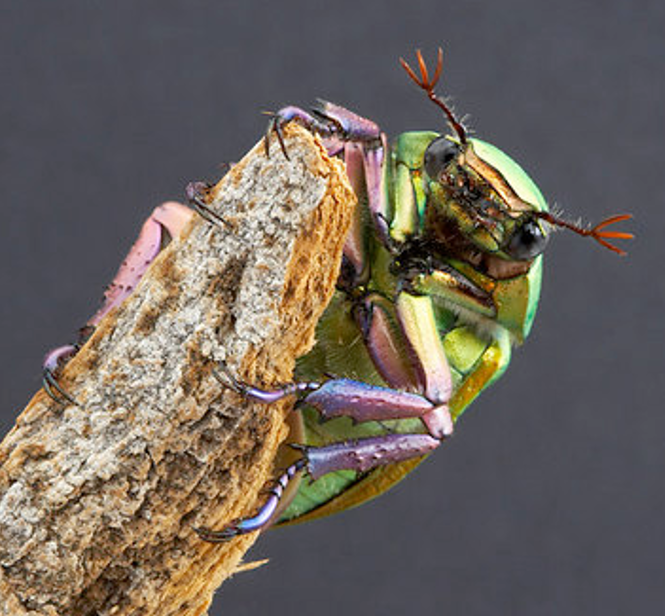
Scarabaeidae (F), Coleoptera (O)
•Scarabs, dung beetles
•Tip of antennae closeable, 3-4 segmented
•Tarsi 5-5-5
•Front tibia usually widened with outer edge toothed
Scarabaeidae (F), Coleoptera (O)
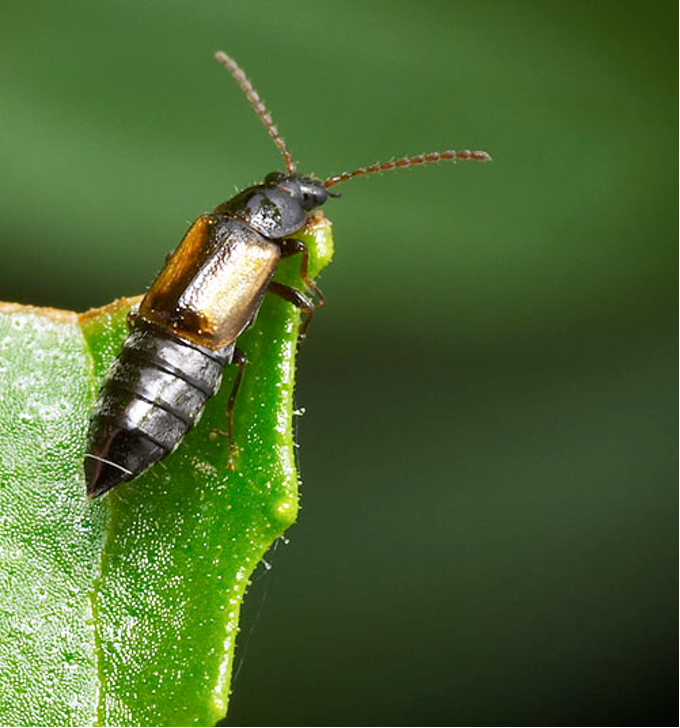
Staphylinidae (F), Coleoptera (O)
•Rove Beetles
•Long Abdomen
•Short elytra
Staphylinidae (F), Coleoptera (O)
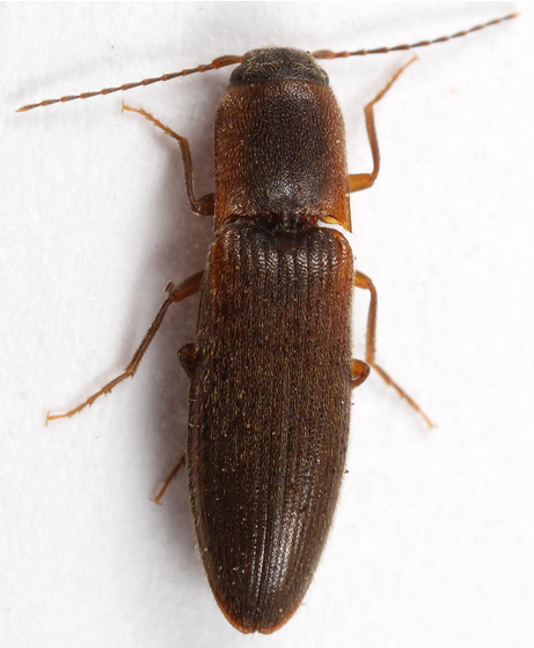
Elateridae (F), Coleoptera (O)
•Click Beetles
•Named because they have a flipping mechanism that makes a “click” noise
•Pronotal corners sharp
•Ventral spine (the click mechanism)
Elateridae (F), Coleoptera (O)
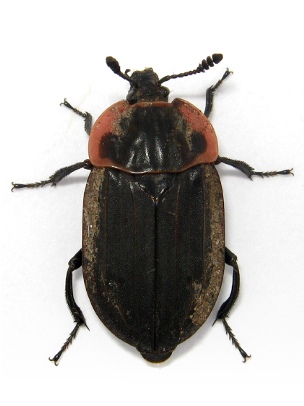
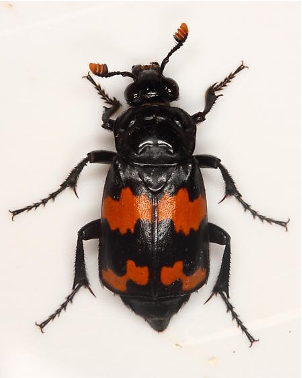
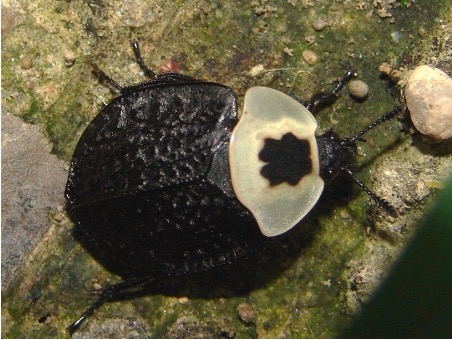
Silphidae (F), Coleoptera (O)
•Carrion Beetles
•Antennae clubbed
•Elytra usually doesn’t cover entire abdomen
•Tarsi 5-5-5
Silphidae (F), Coleoptera (O)
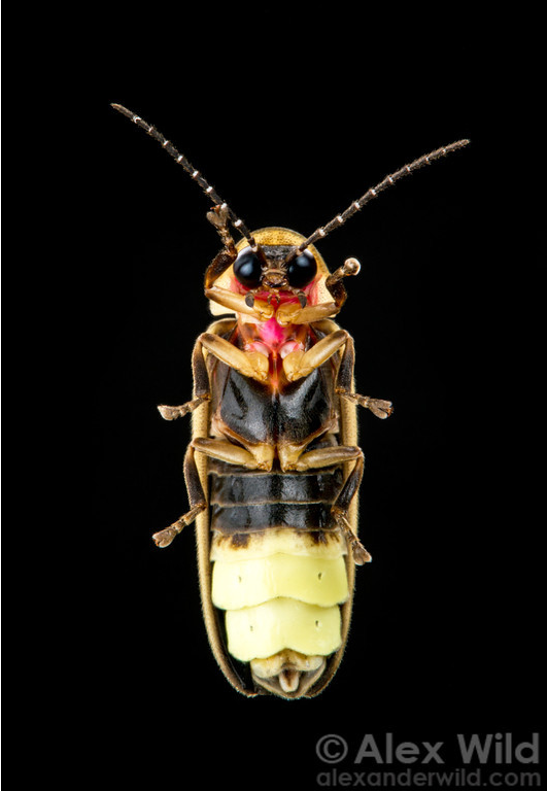
Lampyridae (F), Coleoptera (O)
•Fireflies, Lightning bugs
•Elytra soft
•usually Luminescent area in abdomen
•Head covered by pronotum when looking from above.
Lampyridae (F), Coleoptera (O)
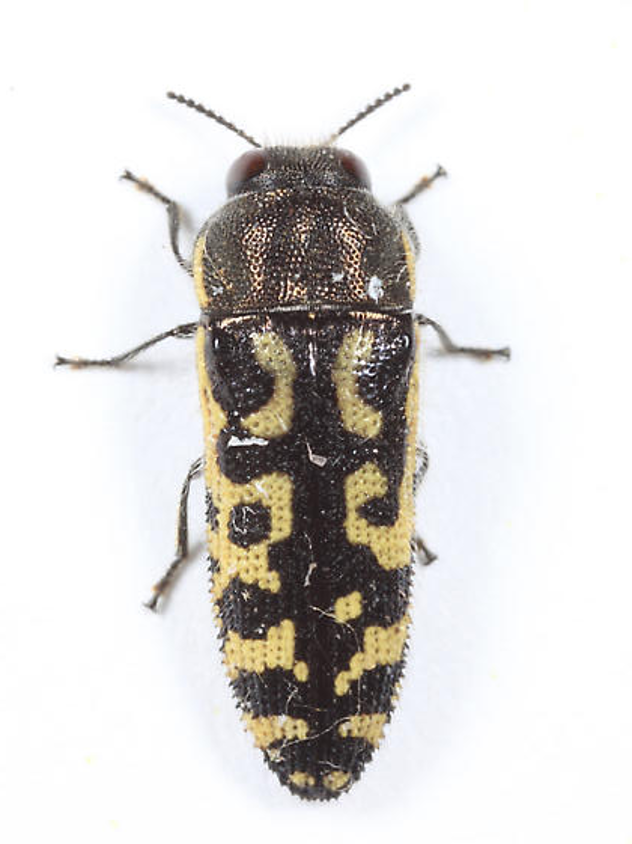
Buprestidae (F), Coleoptera (O)
•The jewel beetles or metallic wood boring beetles
•Elytra pointed at posterior w/ flat tip
•Bullet shaped
•Often metallic
•Tarsi 5-5-5
Buprestidae (F), Coleoptera (O)
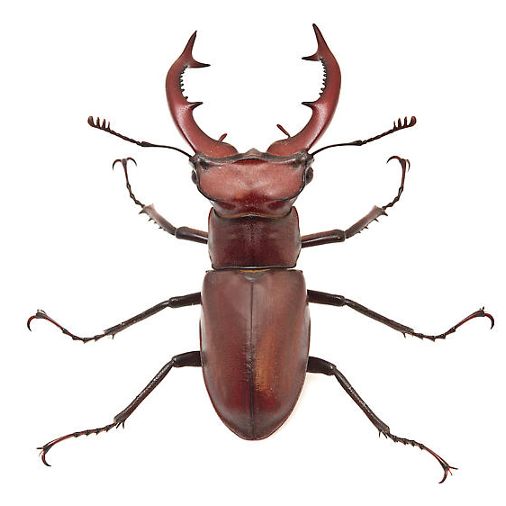
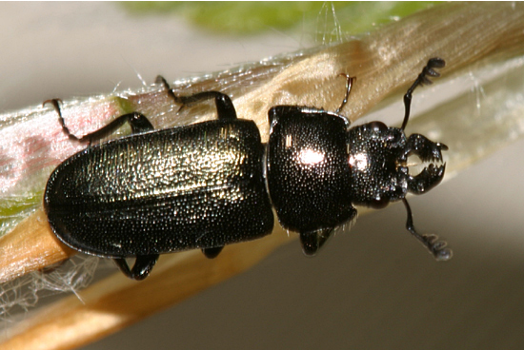
Lucanidae (F), Coleoptera (O)
•Stag Beetles
•Antennae have comblike club
•Antennae often elbow
•Mandibles often large
•Tarsi 5-5-5
Lucanidae (F), Coleoptera (O)
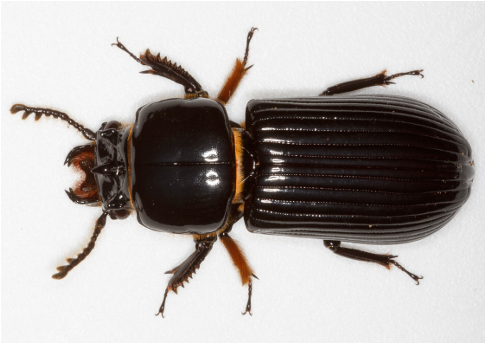
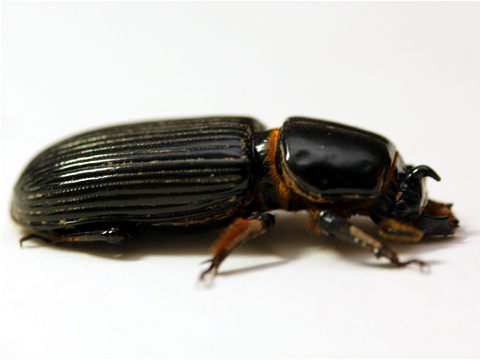
Passalidae (F), Coleoptera (O)
•Bess Beetles
•Can get quite large
•Grooved elytra
•Antennae has 3 segmented club
•Head has small forward pointing horn
Passalidae (F), Coleoptera (O)
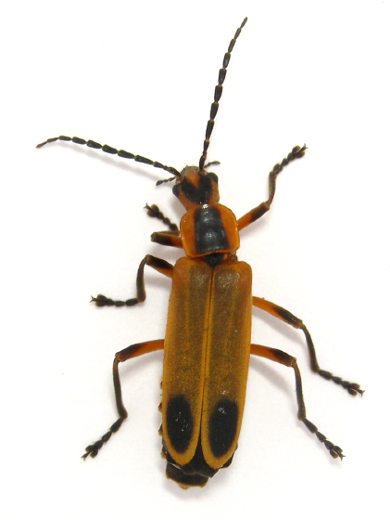
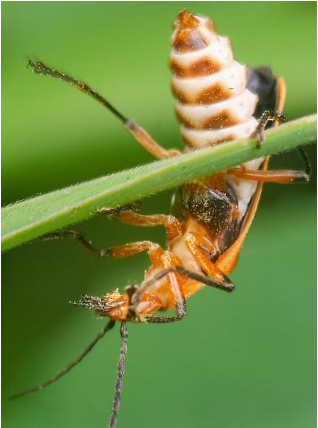
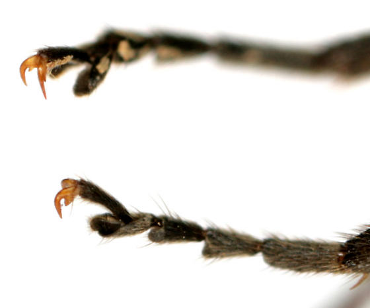
Cantharidae (F), Coleoptera (O)
•Soldier Beetles
•No luminescent organ
•Head not completely concealed by pronotum
•Tarsi 5-5-5, 4th segment lobed beneath
Cantharidae (F), Coleoptera (O)
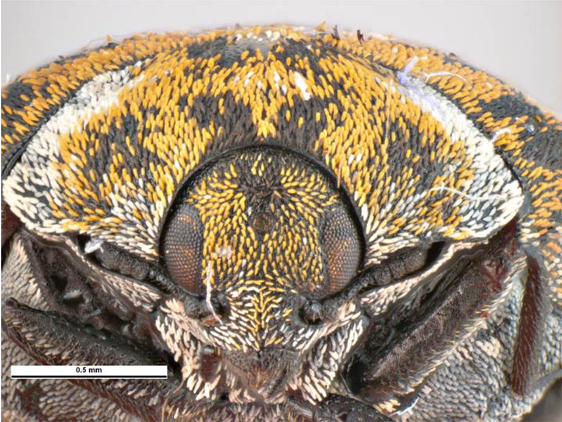
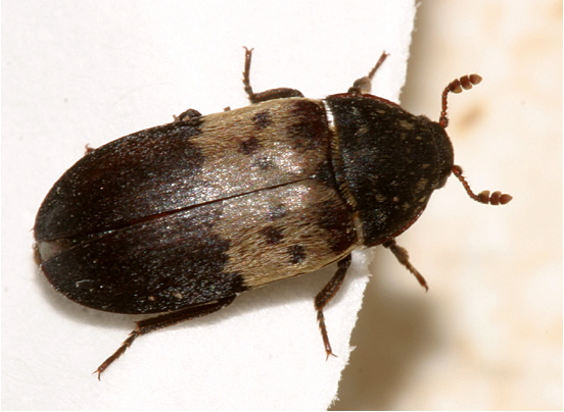
Dermestidae (F), Coleoptera (O)
•Carpet or Skin Beetles
•They like to eat dead tissues including your insect collection
•Antennae short, with 3 segmented club
•Antennae fit into grooves in pronotum
•Usually covered in hairs or scales
Dermestidae (F), Coleoptera (O)
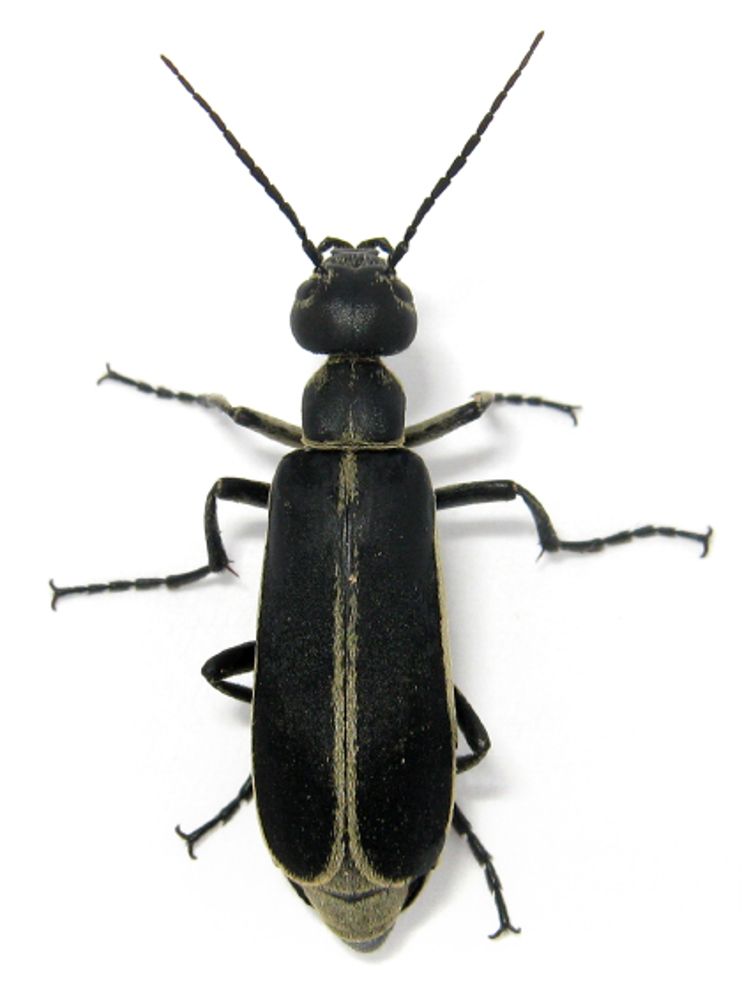
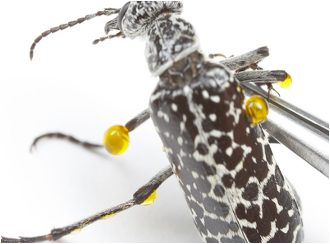
Meloidae (F), Coleoptera (O)
•Blister Beetles
•Some secrete cantharidin, which raises painful blisters
•Large head wider than pronotum
•Pronotum narrower than head and adbomen
•Tarsi 5-5-4
Meloidae (F), Coleoptera (O)
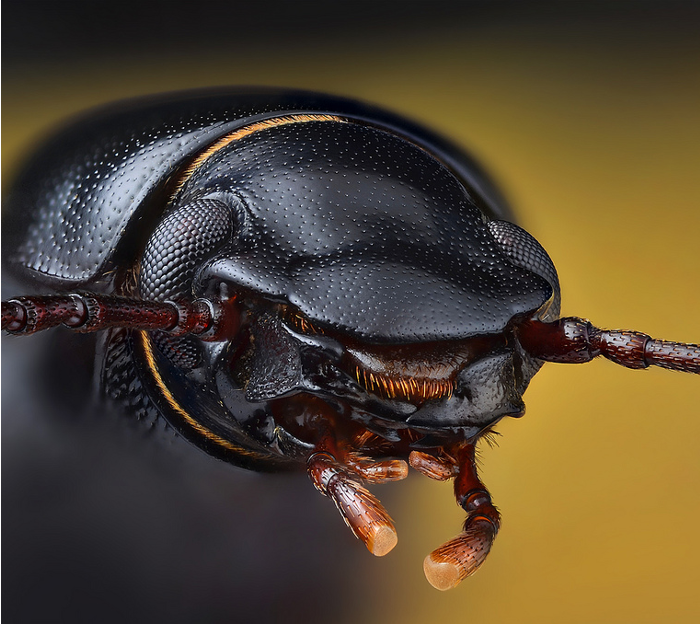
Tenebrionidae (F), Coleoptera (O)
•Darkling Beetles
•Keep a lookout for the kidney bean
•Eyes notched
•Antennae arise from under ridge
•Tarsi 5-5-4
Tenebrionidae (F), Coleoptera (O)
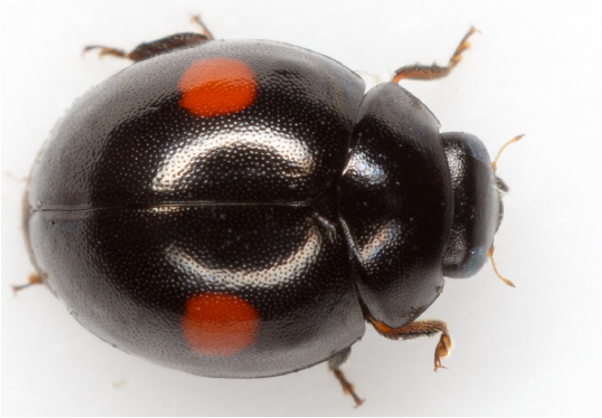
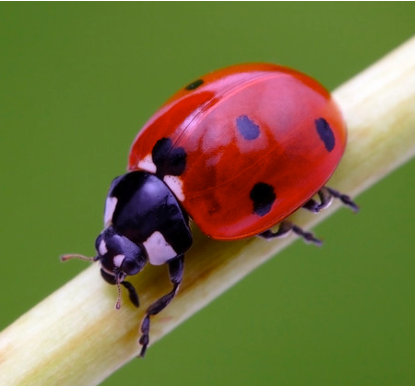
Coccinellidae (F), Coleoptera (O)
•Ladybird Beetles or Ladybugs
•Antennae short and clubbed
•Pronotum often covers head
•Tarsi 4-4-4 (looks like 3-3-3)
Coccinellidae (F), Coleoptera (O)
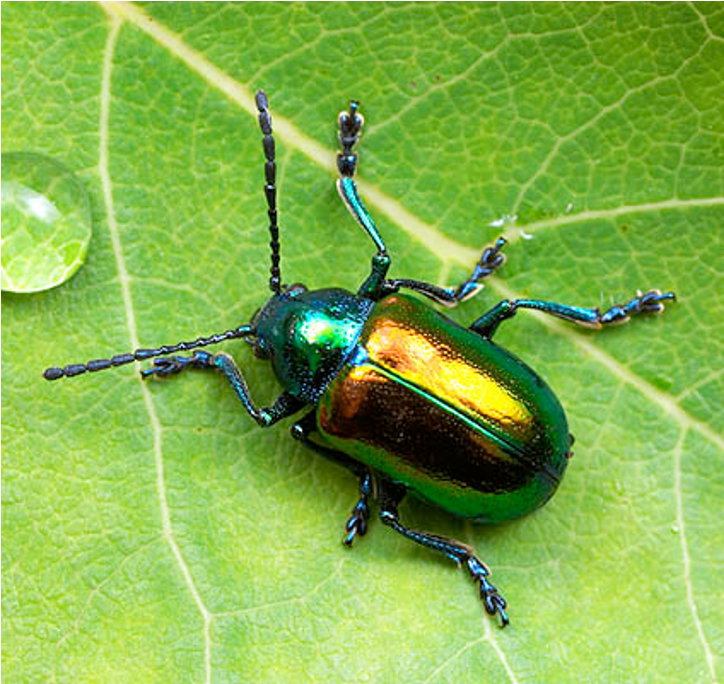
Chrysomelidae (F), Coleoptera (O)
•Leaf Beetles
•Tarsi 5-5-5 (look like 4-4-4)
•Usually have bi-lobed (flared) tarsi
Chrysomelidae (F), Coleoptera (O)
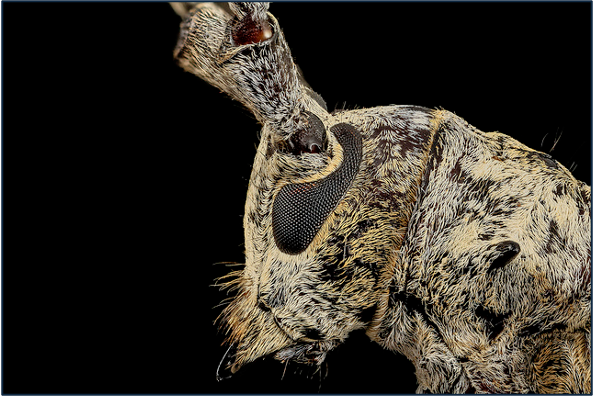
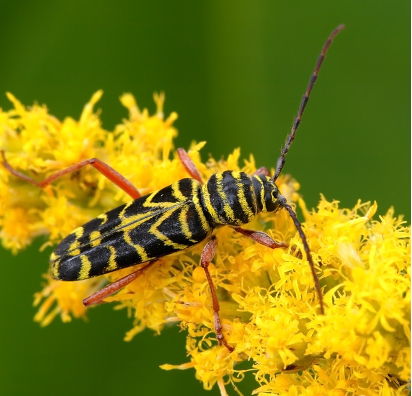
Cerambycidae (F), Coleoptera (O)
•Longhorned Beetles
•Males have very long antennae
•Antennae long, usually longer than half the body
•Eyes are usually notched
•Antennae arise from notch
•Tarsi 5-5-5 (look like 4-4-4)
Cerambycidae (F), Coleoptera (O)
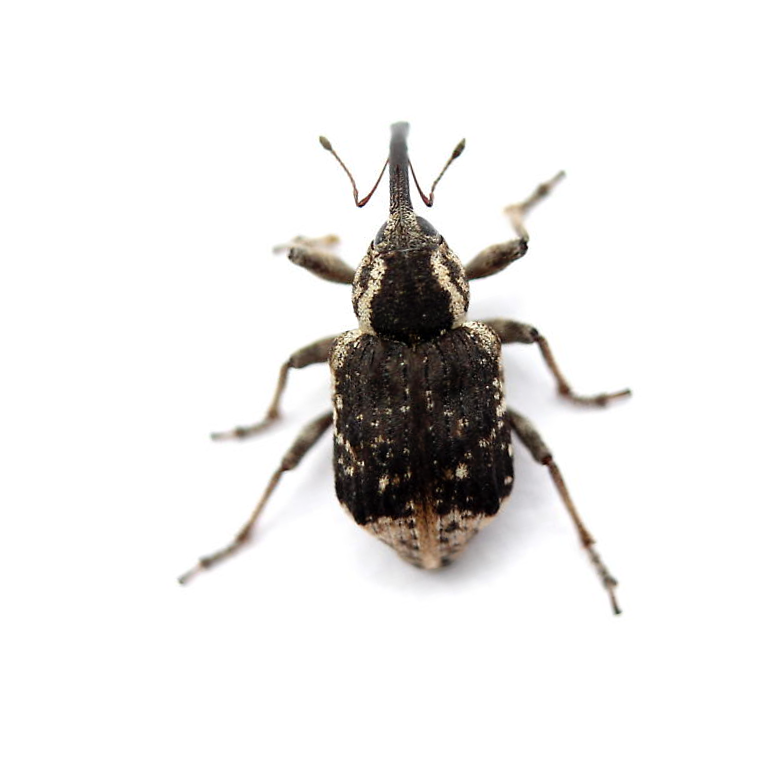
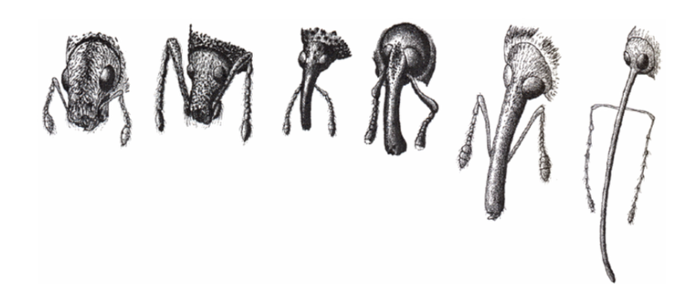
Curculionidae (F), Coleoptera (O)
•Weevils
•Elbowed Antennae
•Antennae clubbed
•Usually have snout
•Tarsi 5-5-5 (look like 4-4-4)
Curculionidae (F), Coleoptera (O)
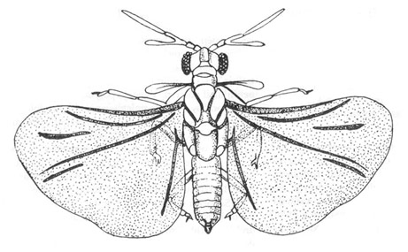
Order – Strepsiptera
•Forewings reduced to knobs (like fly halteres)
•Eyes raspberry-like
•Females usually wingless and legless that live in wasp and Hemipteran abdomens
Order – Strepsiptera